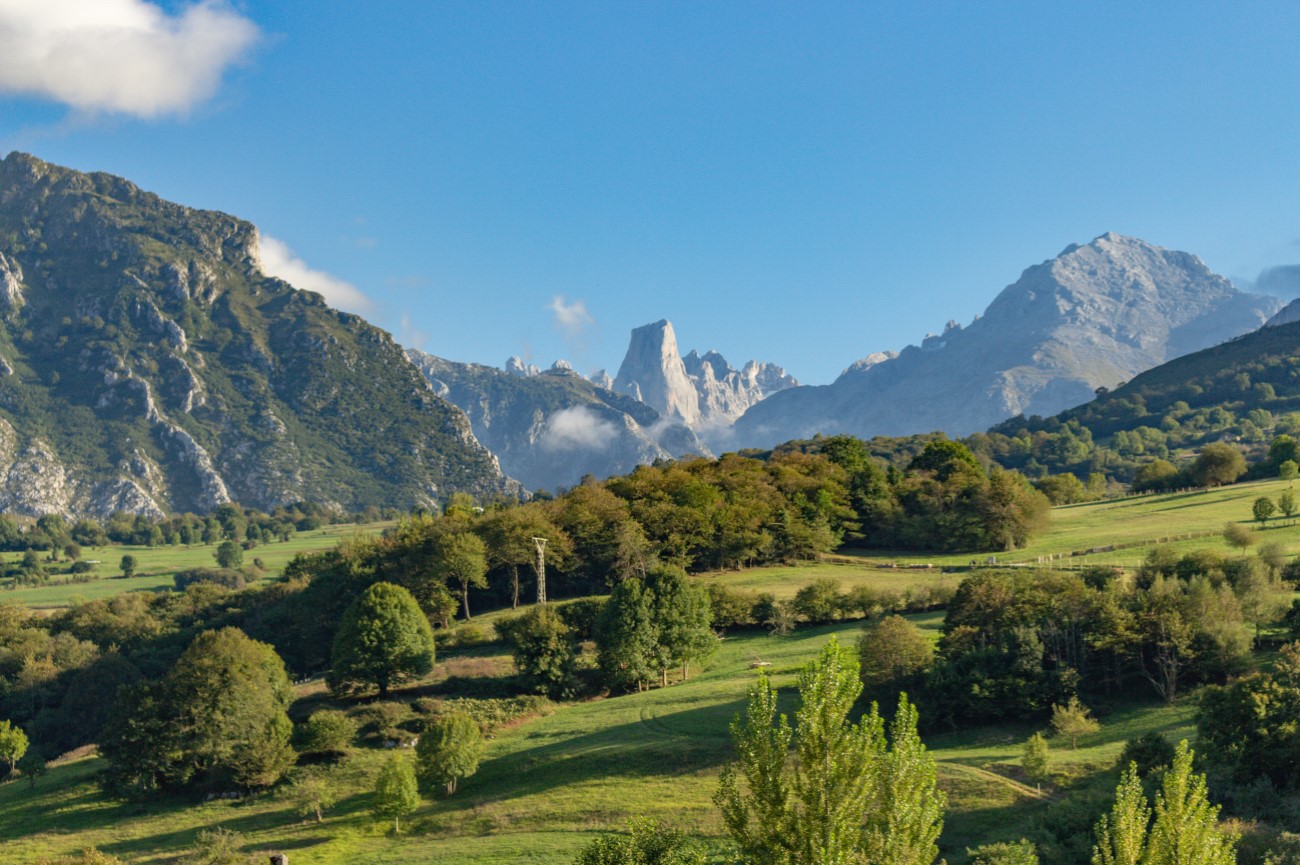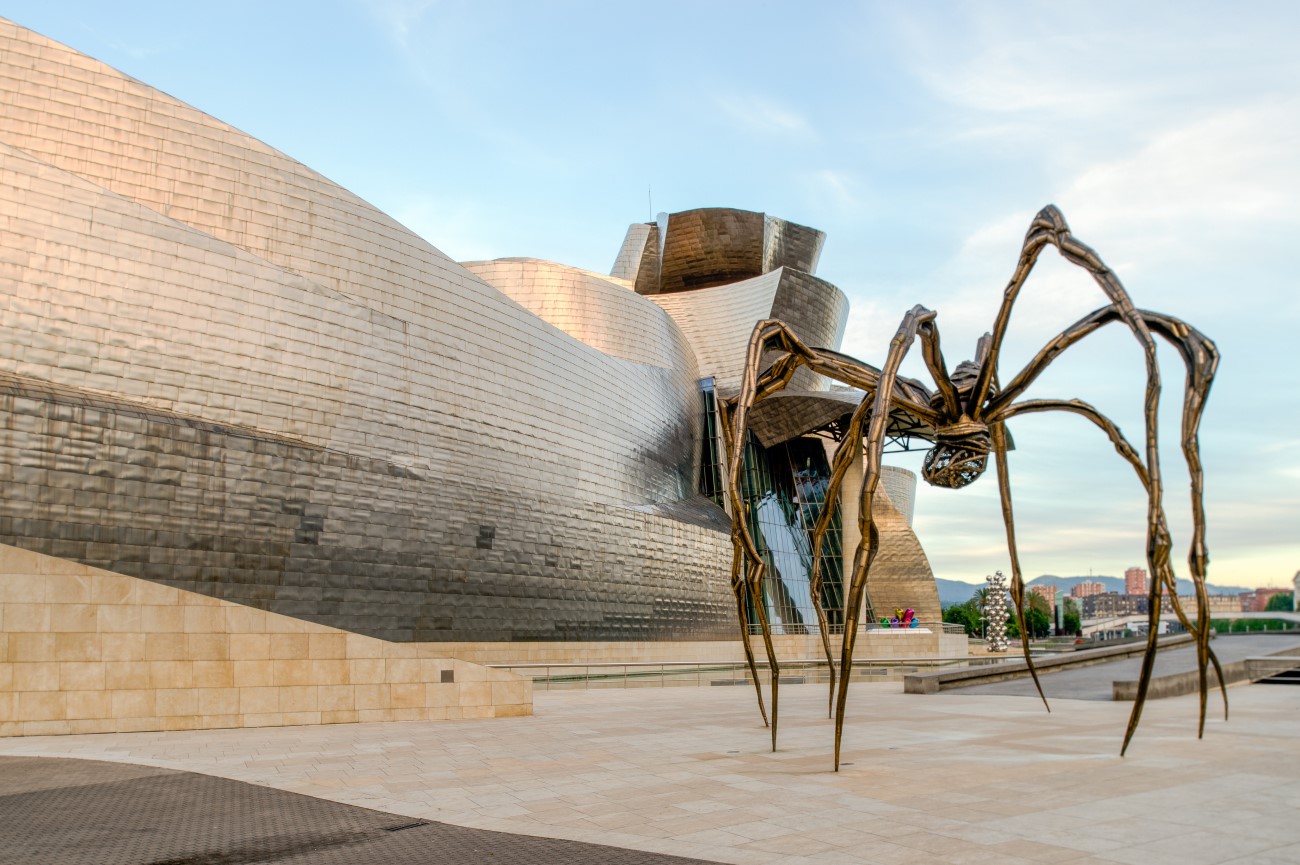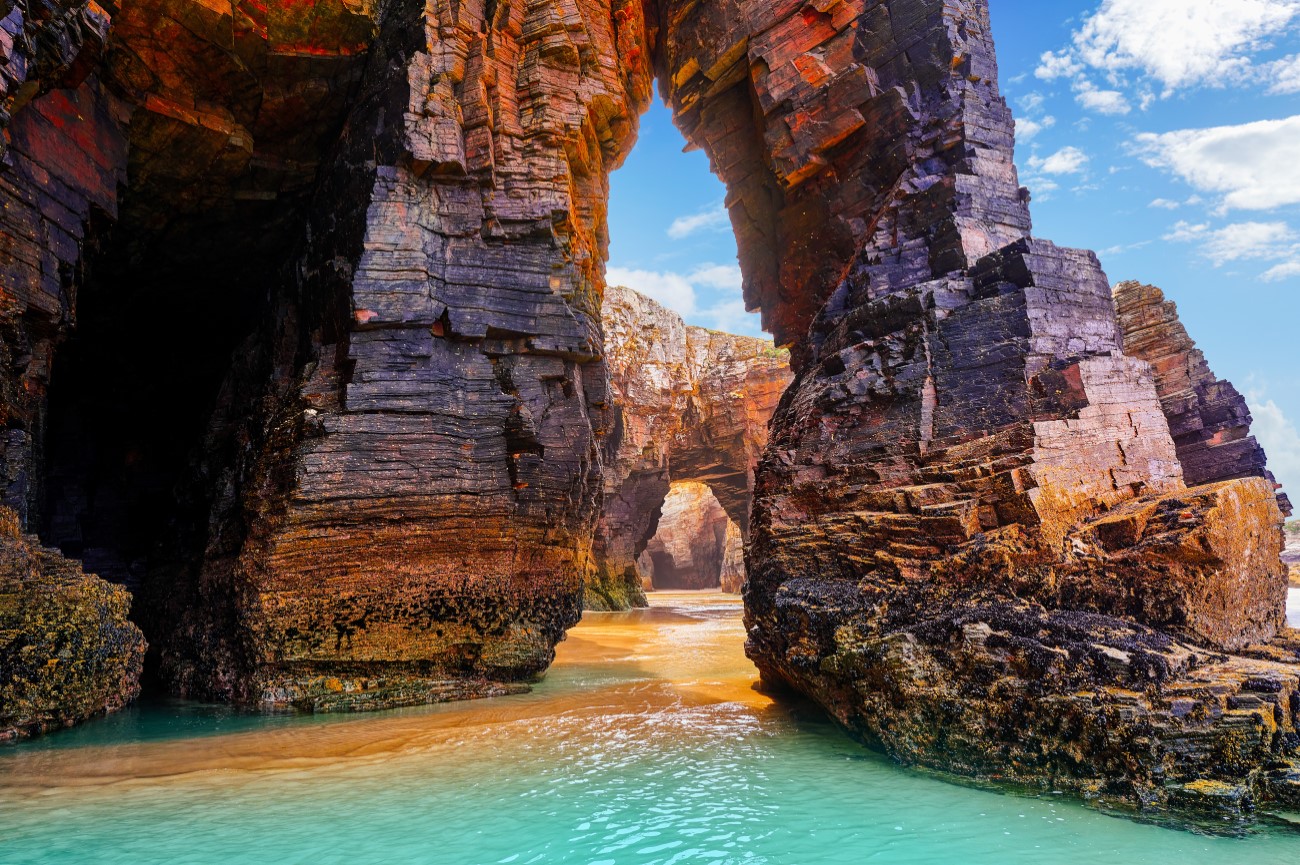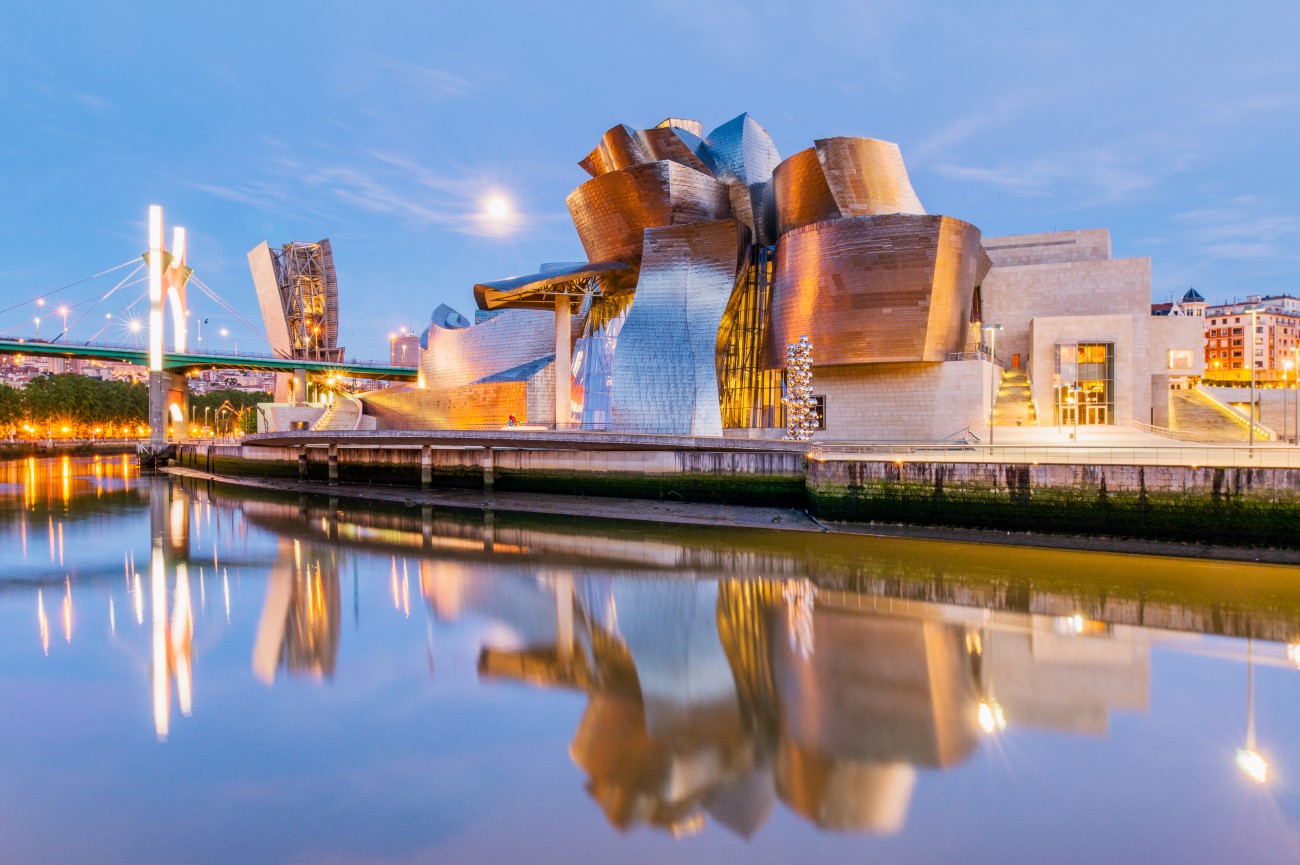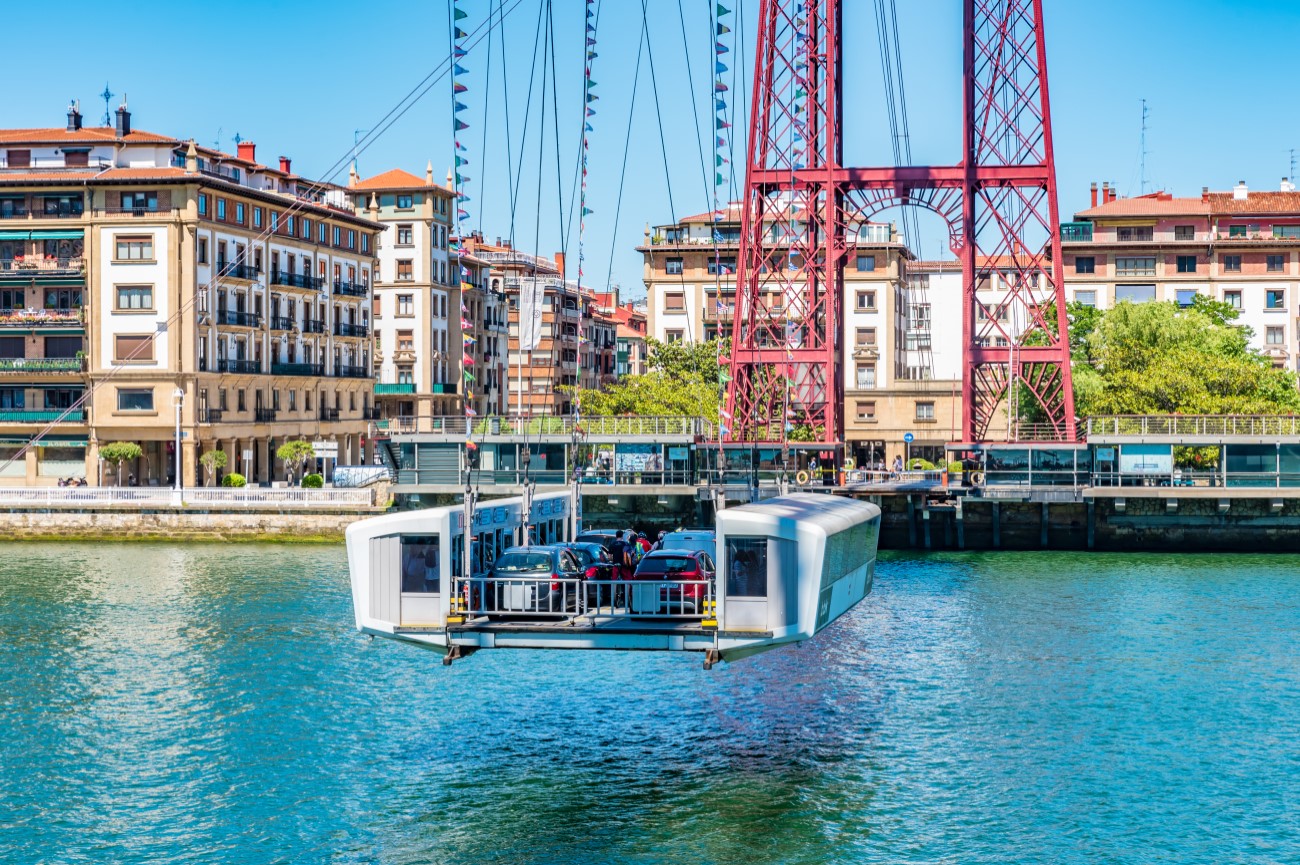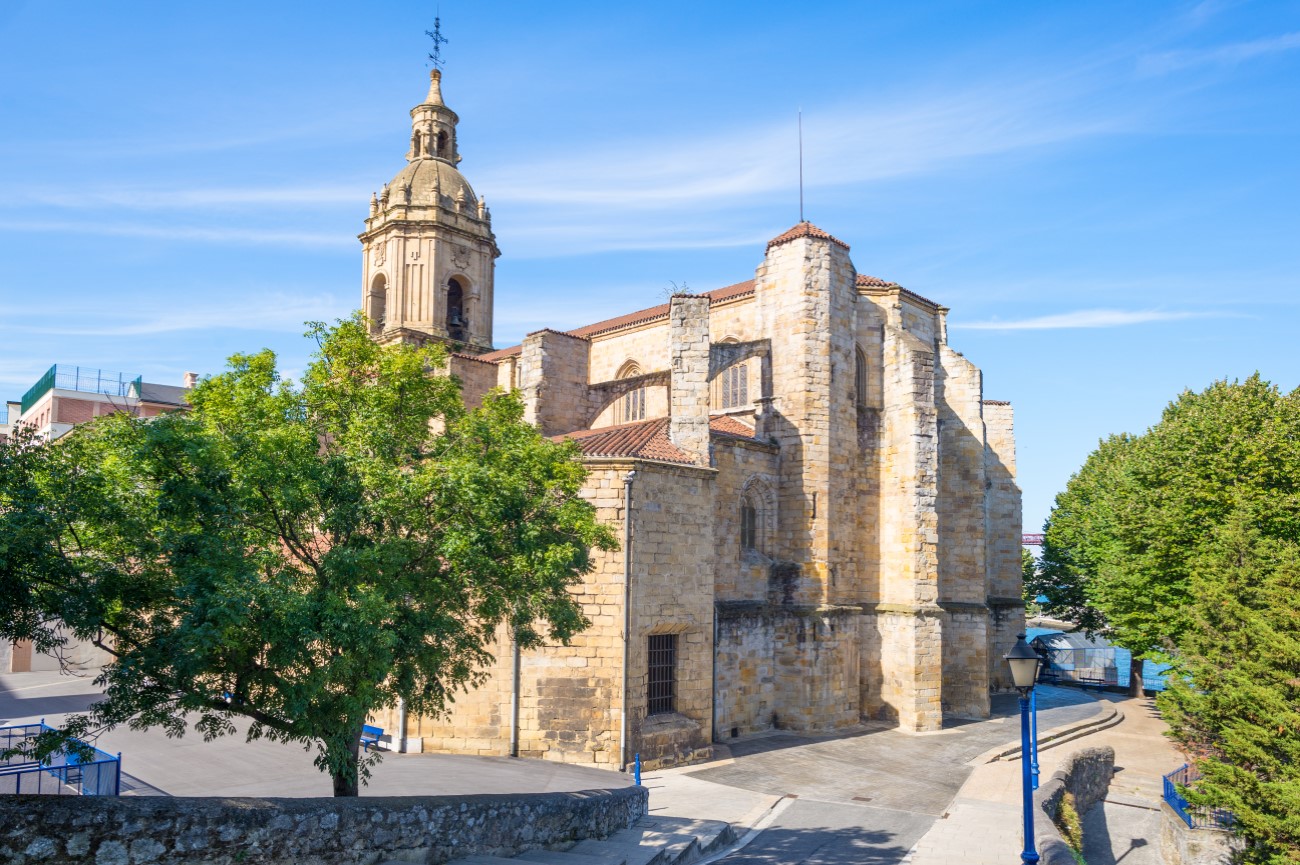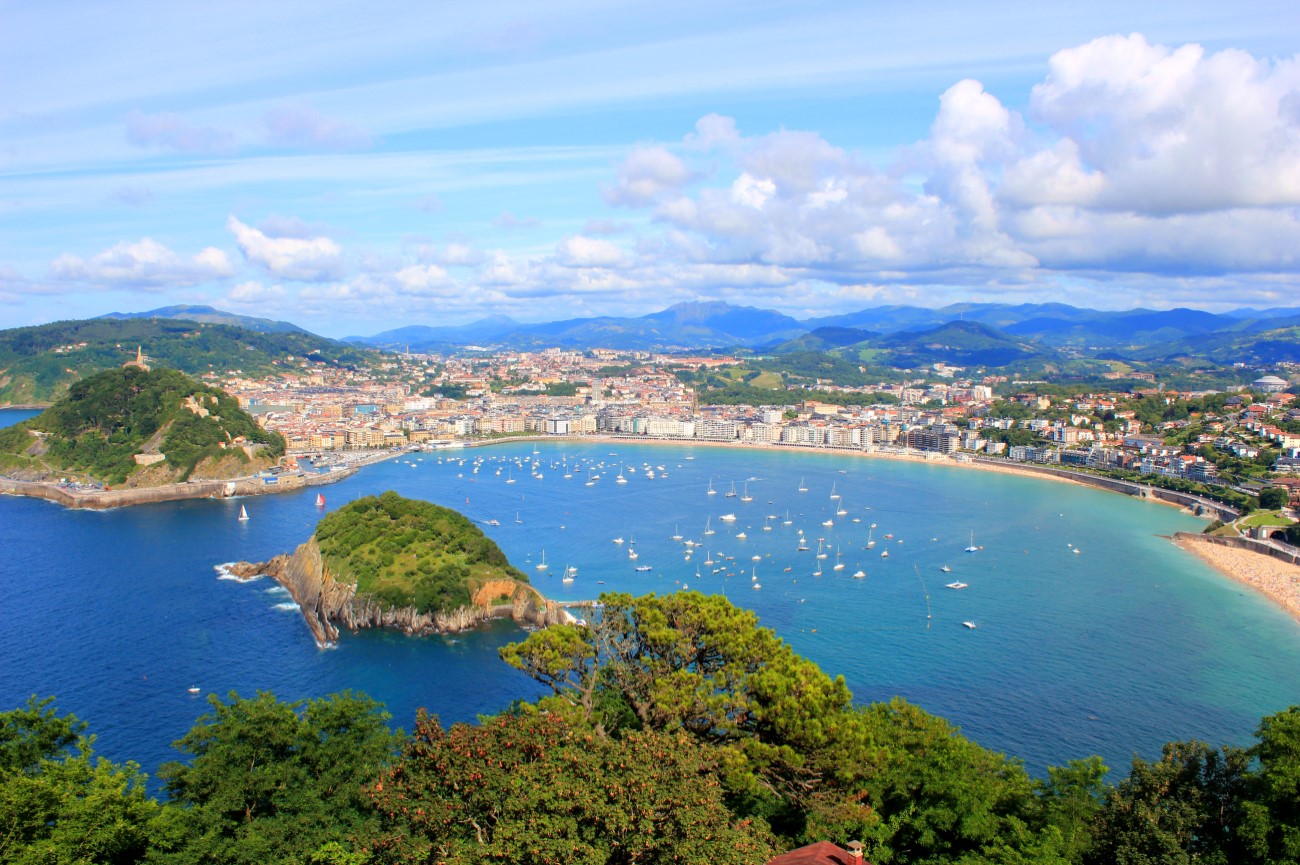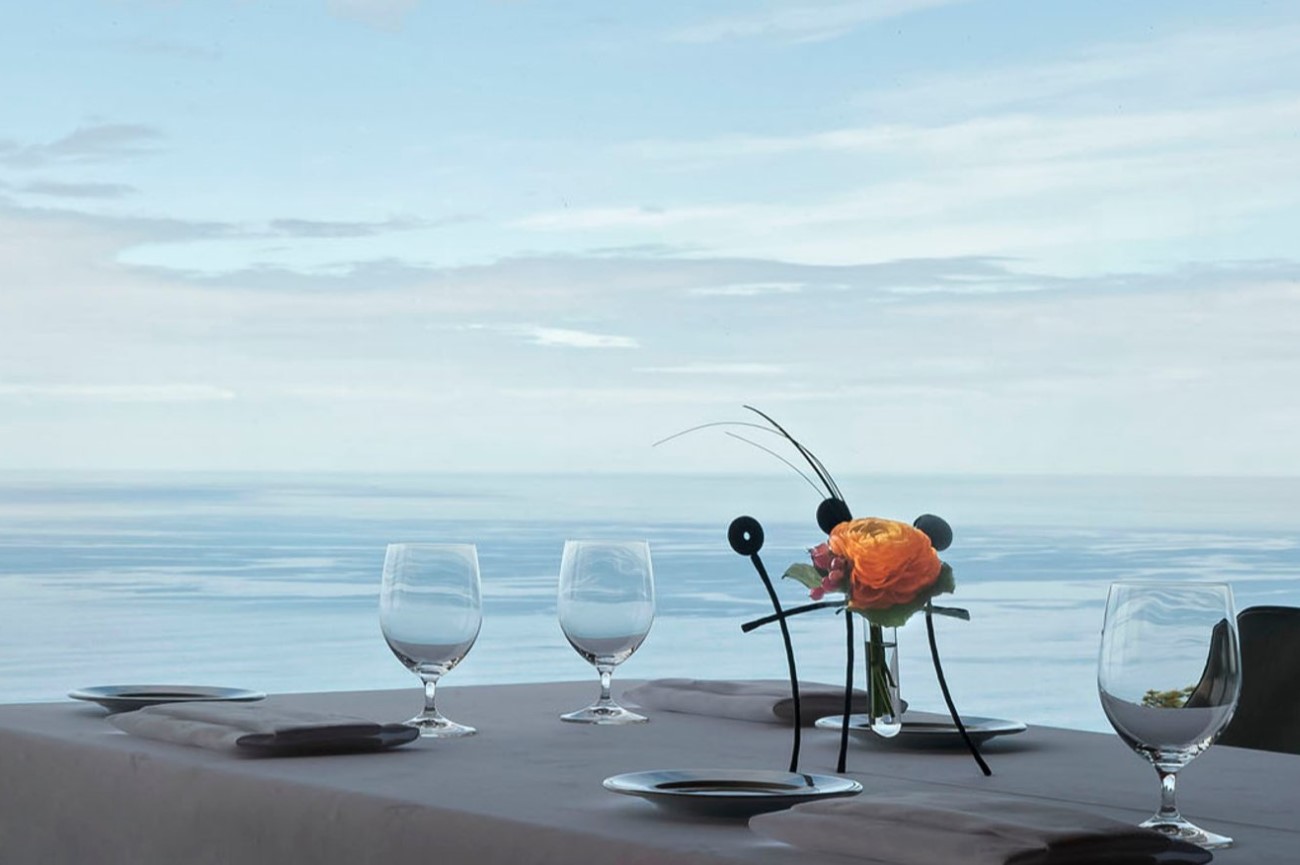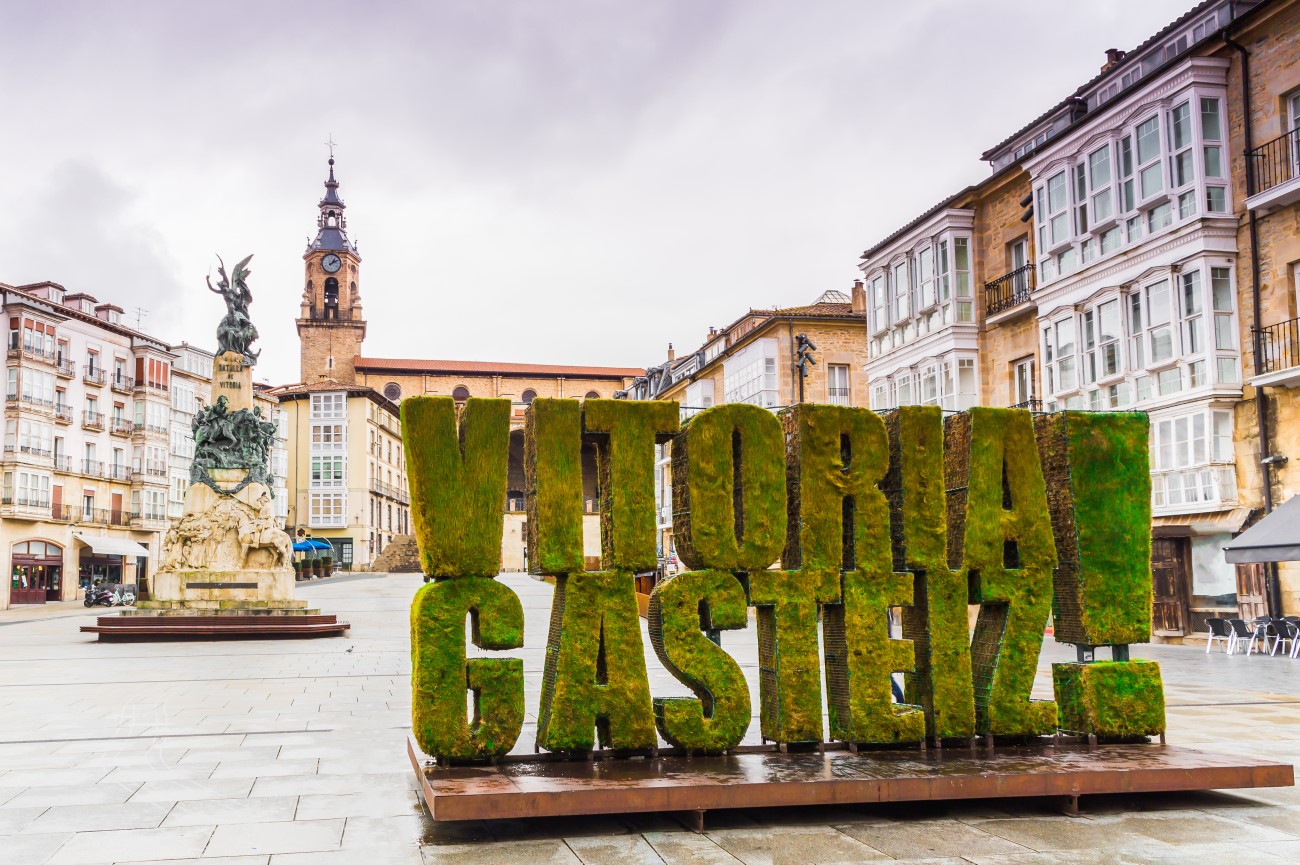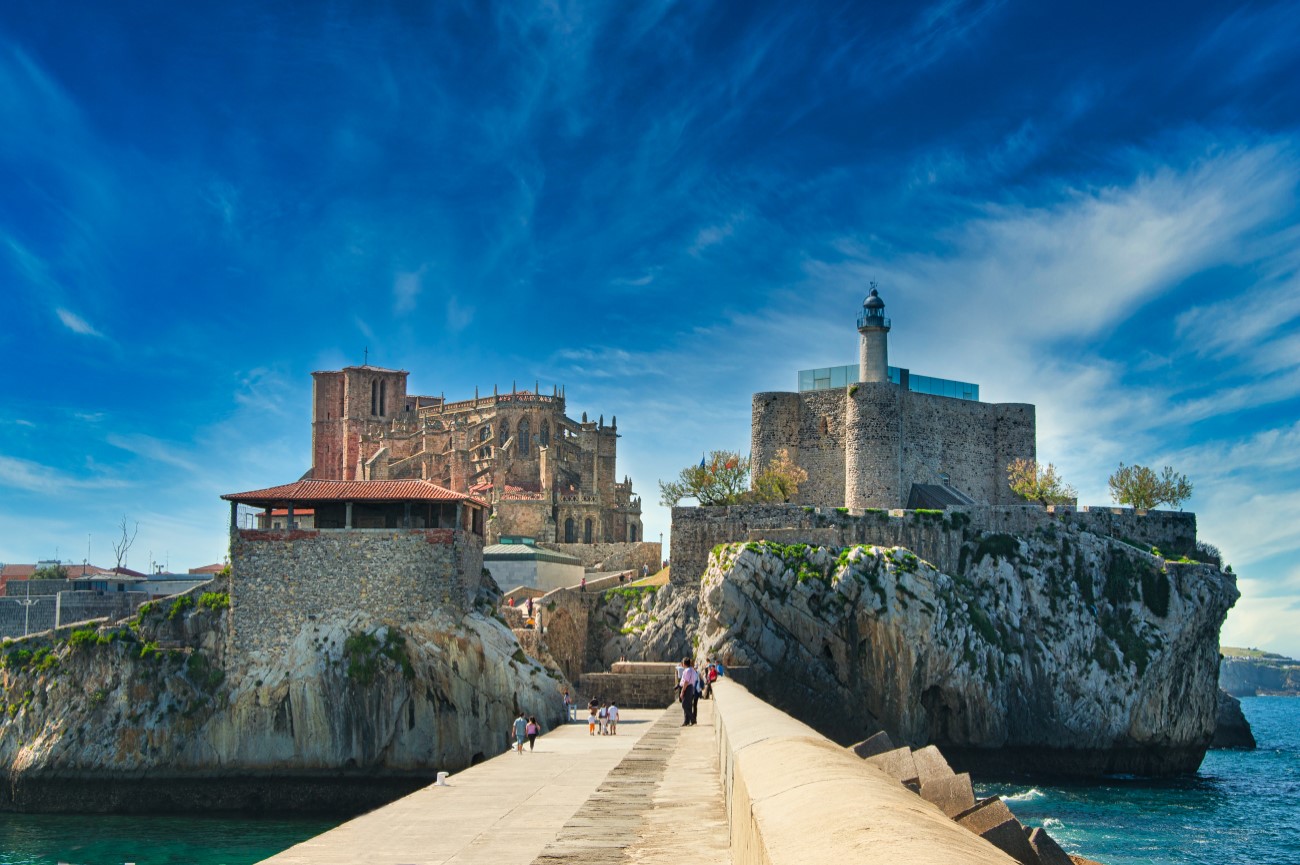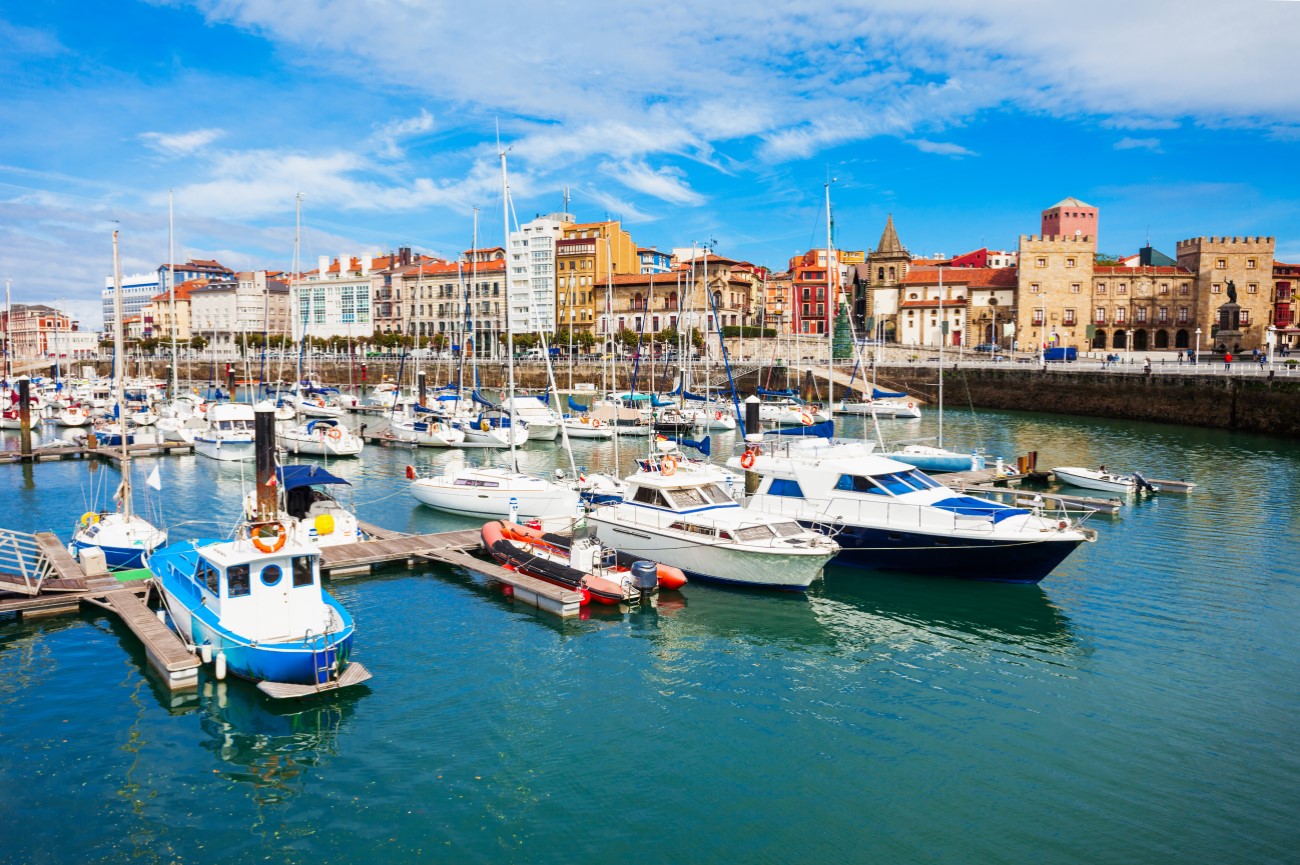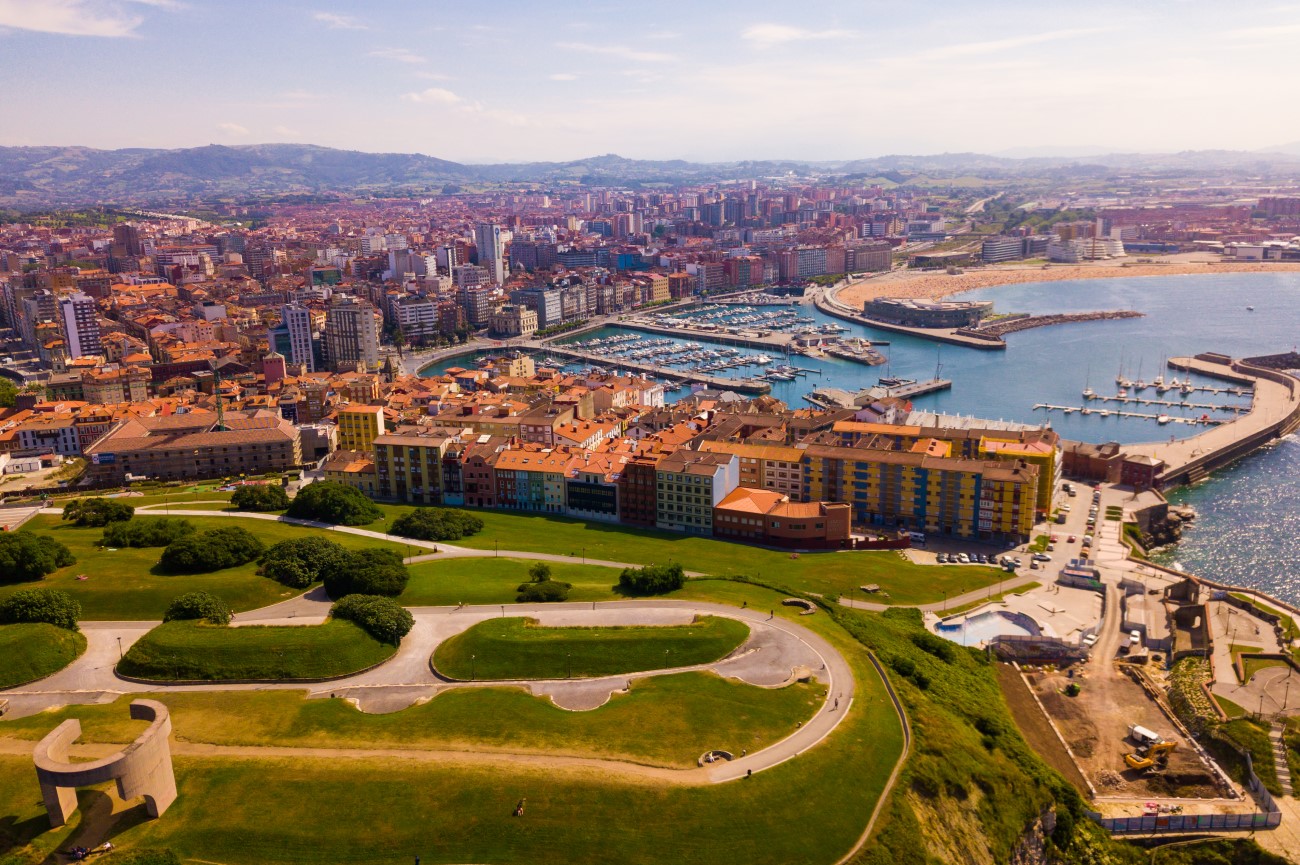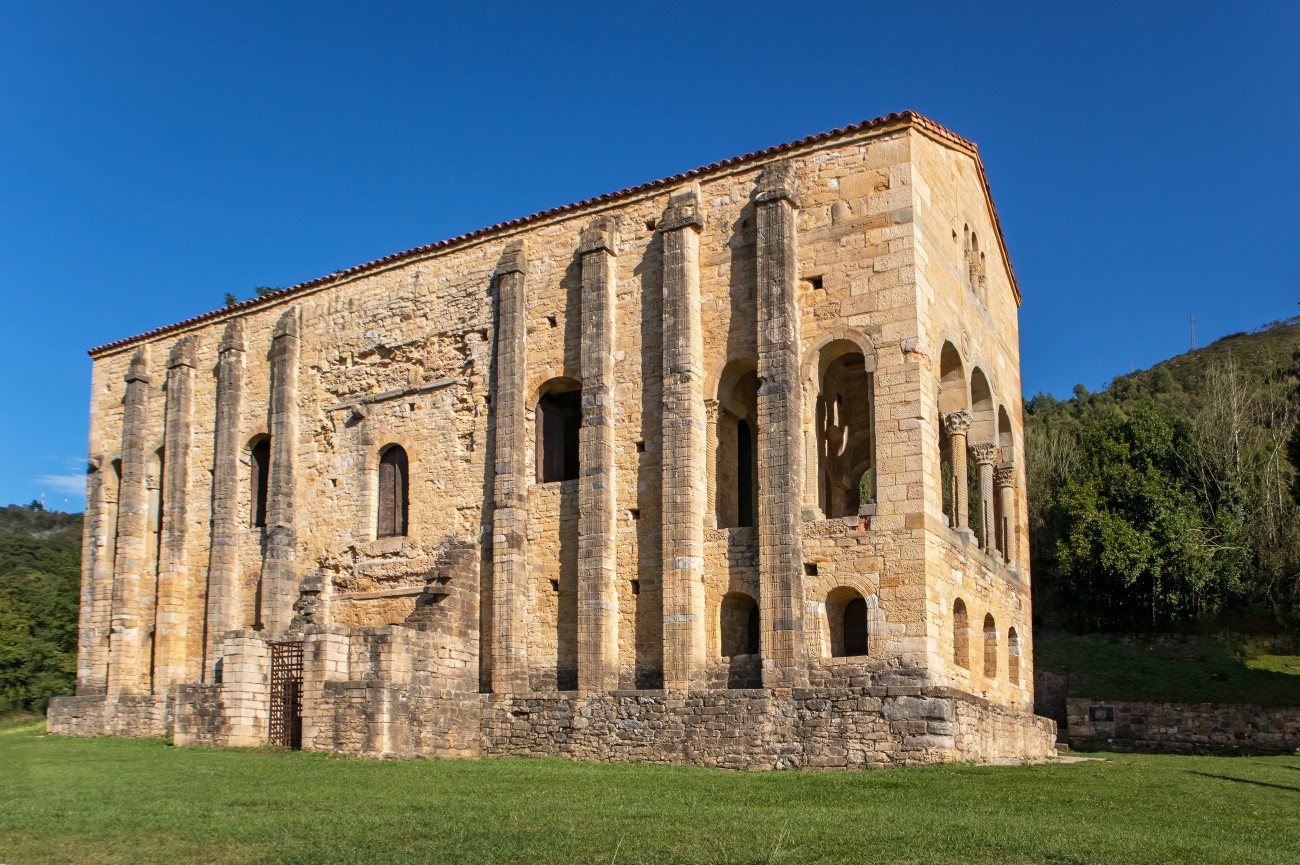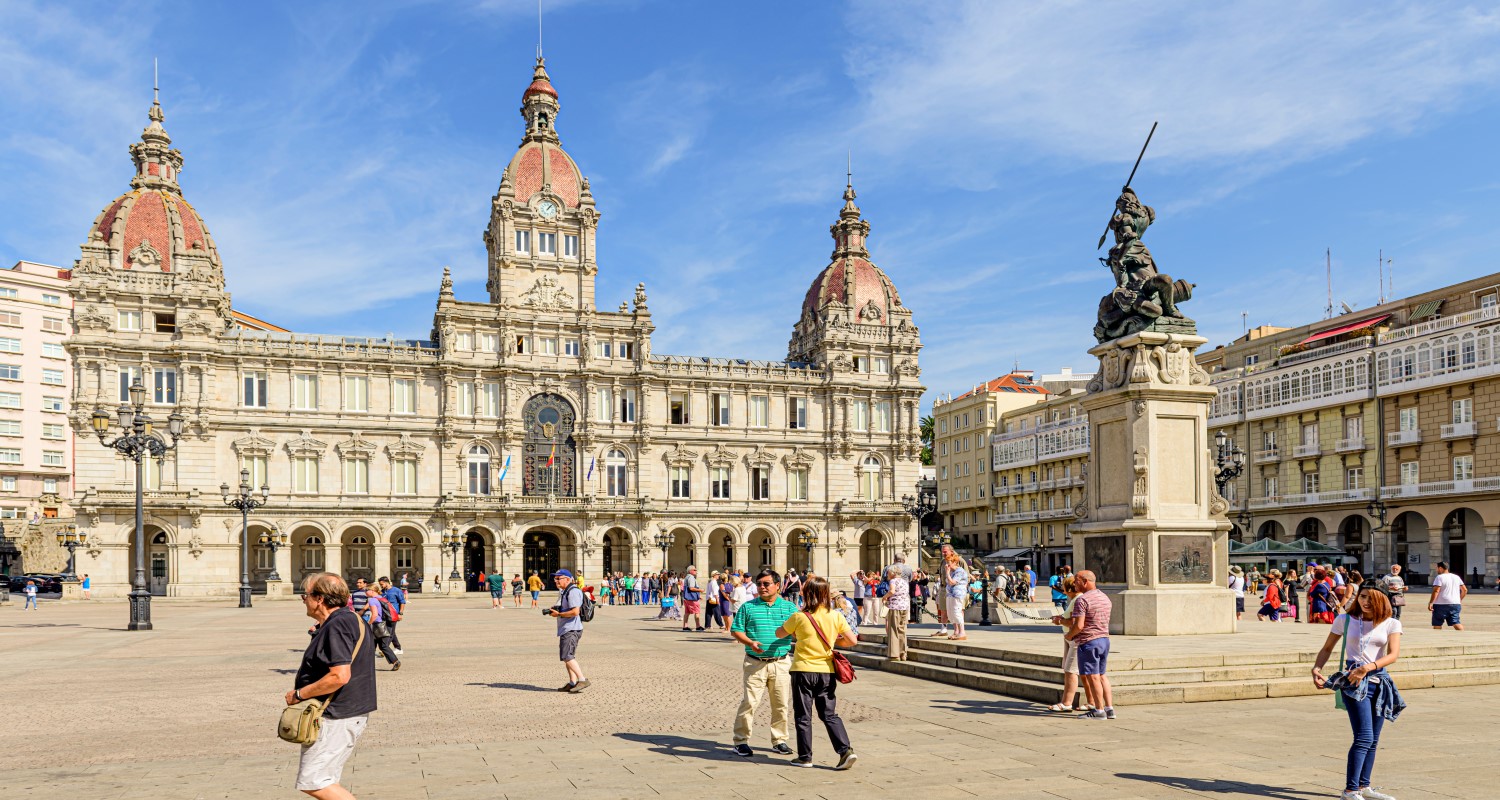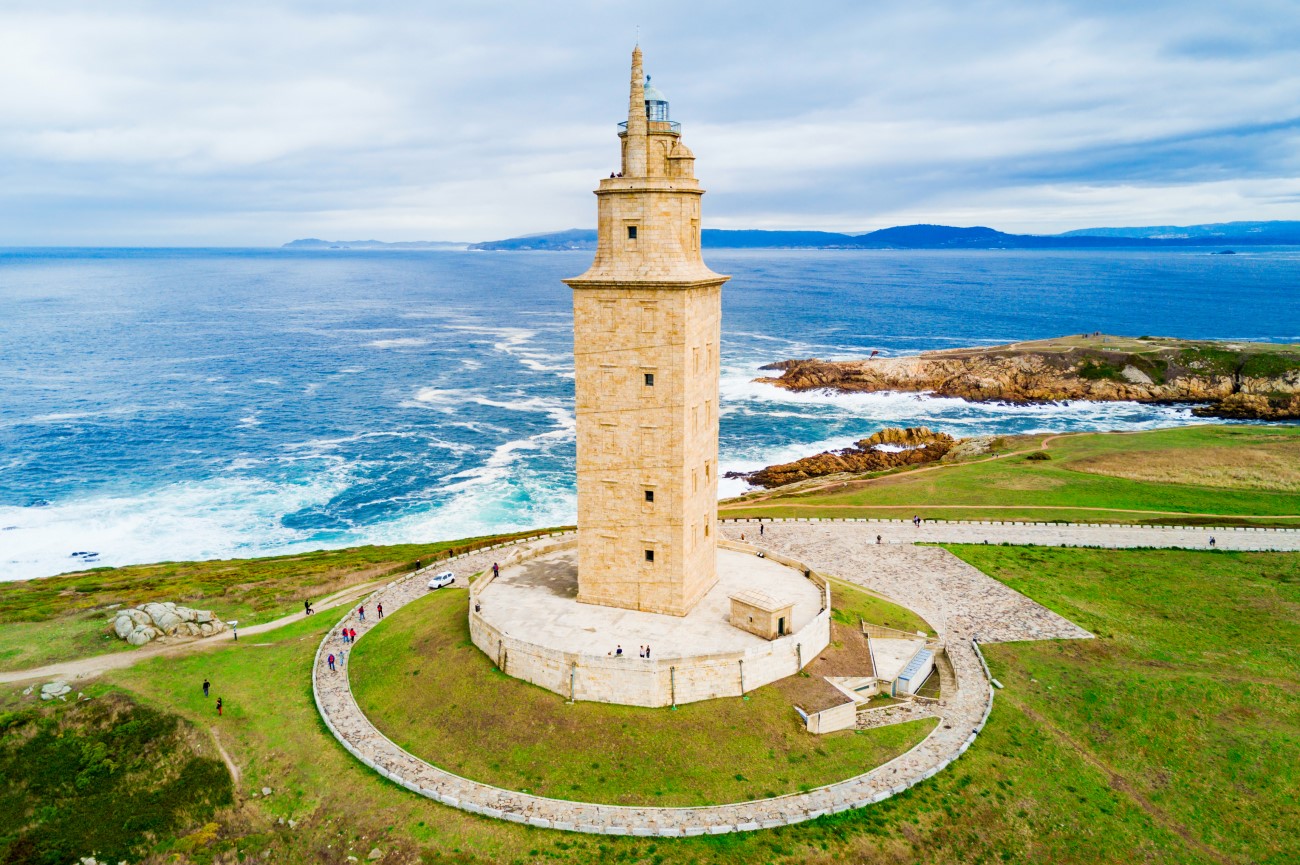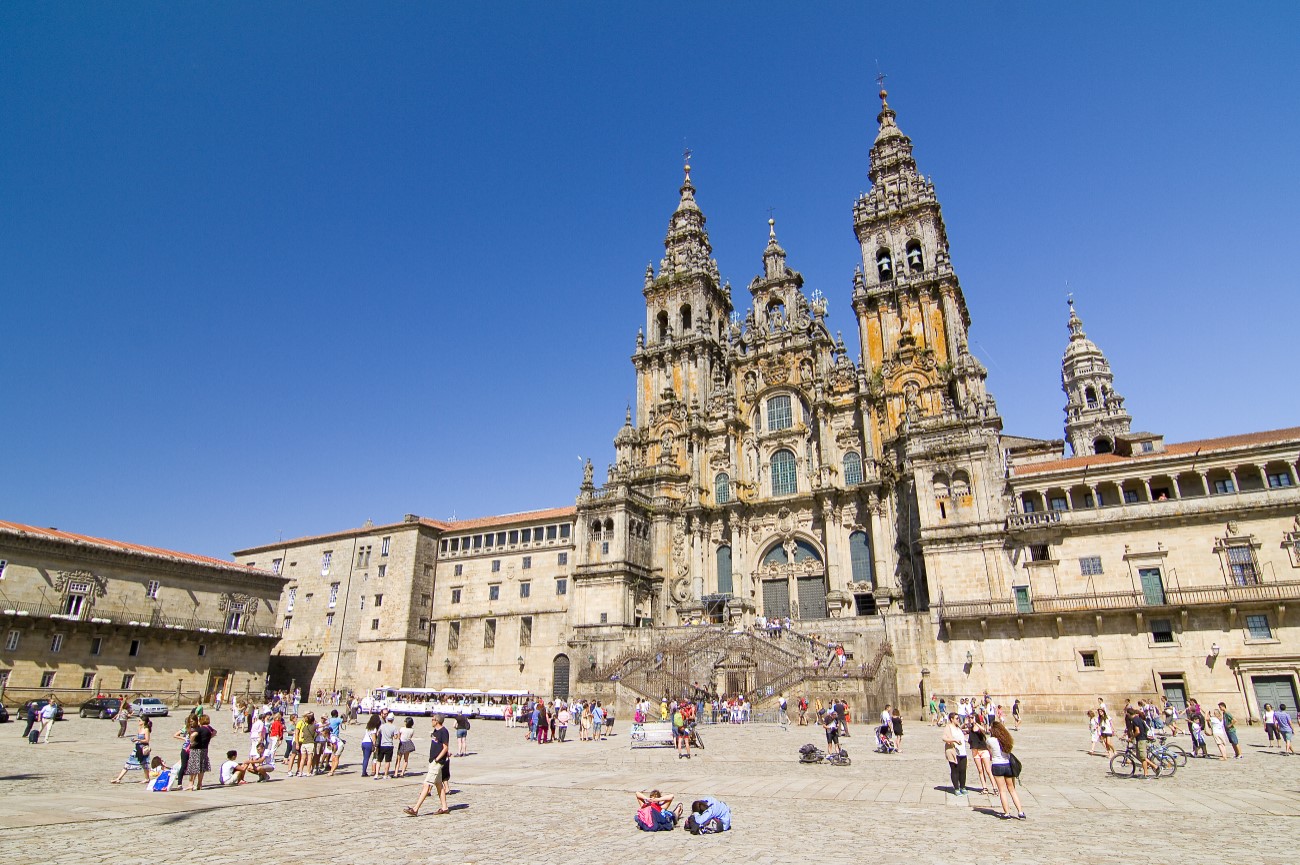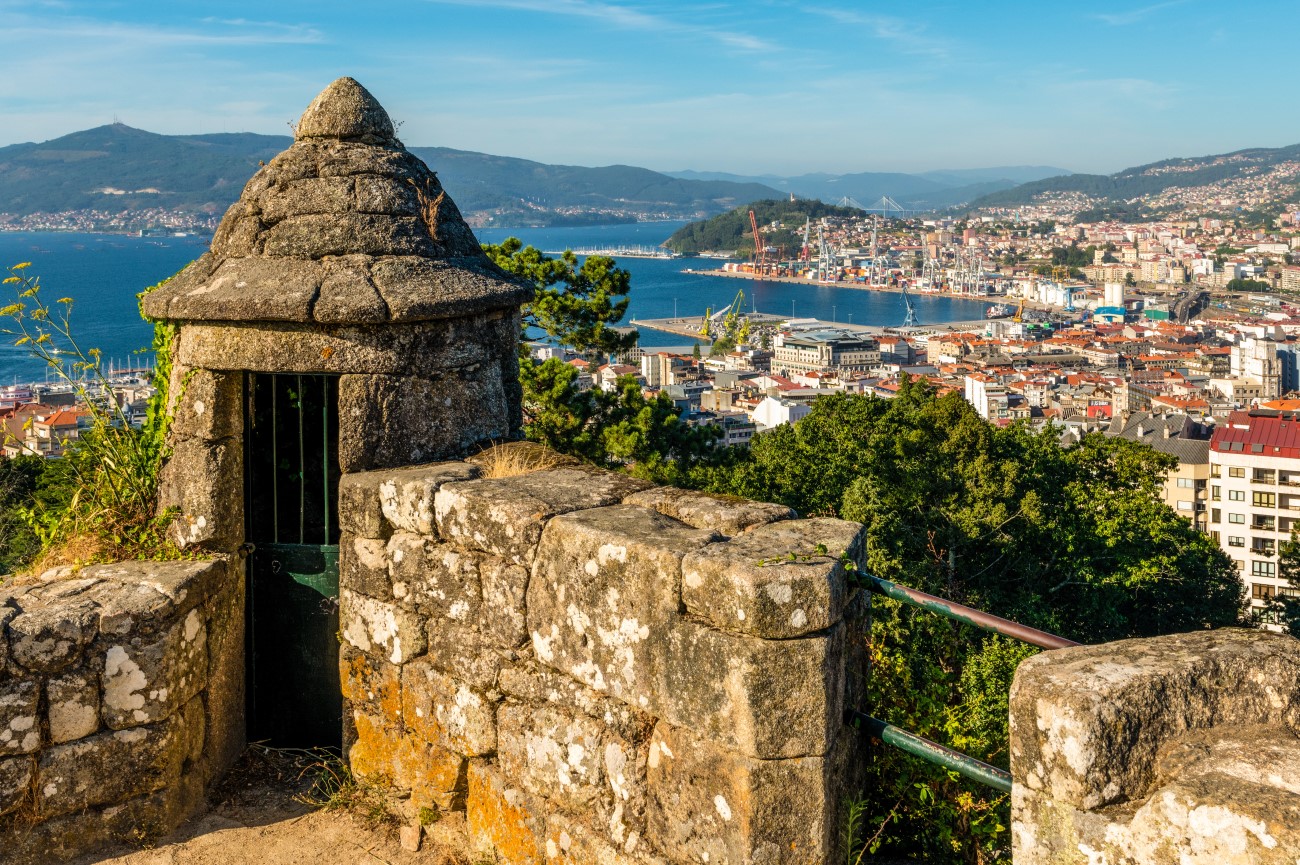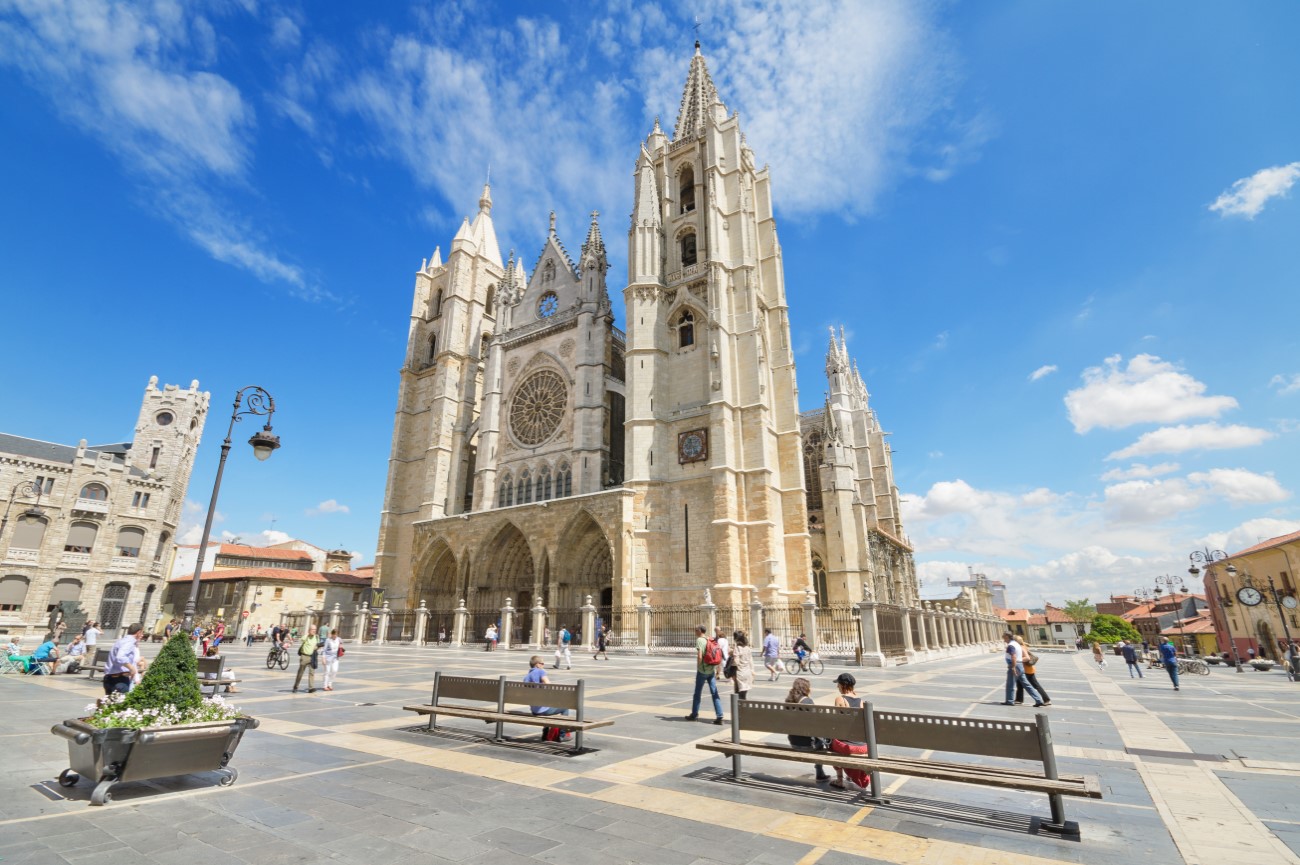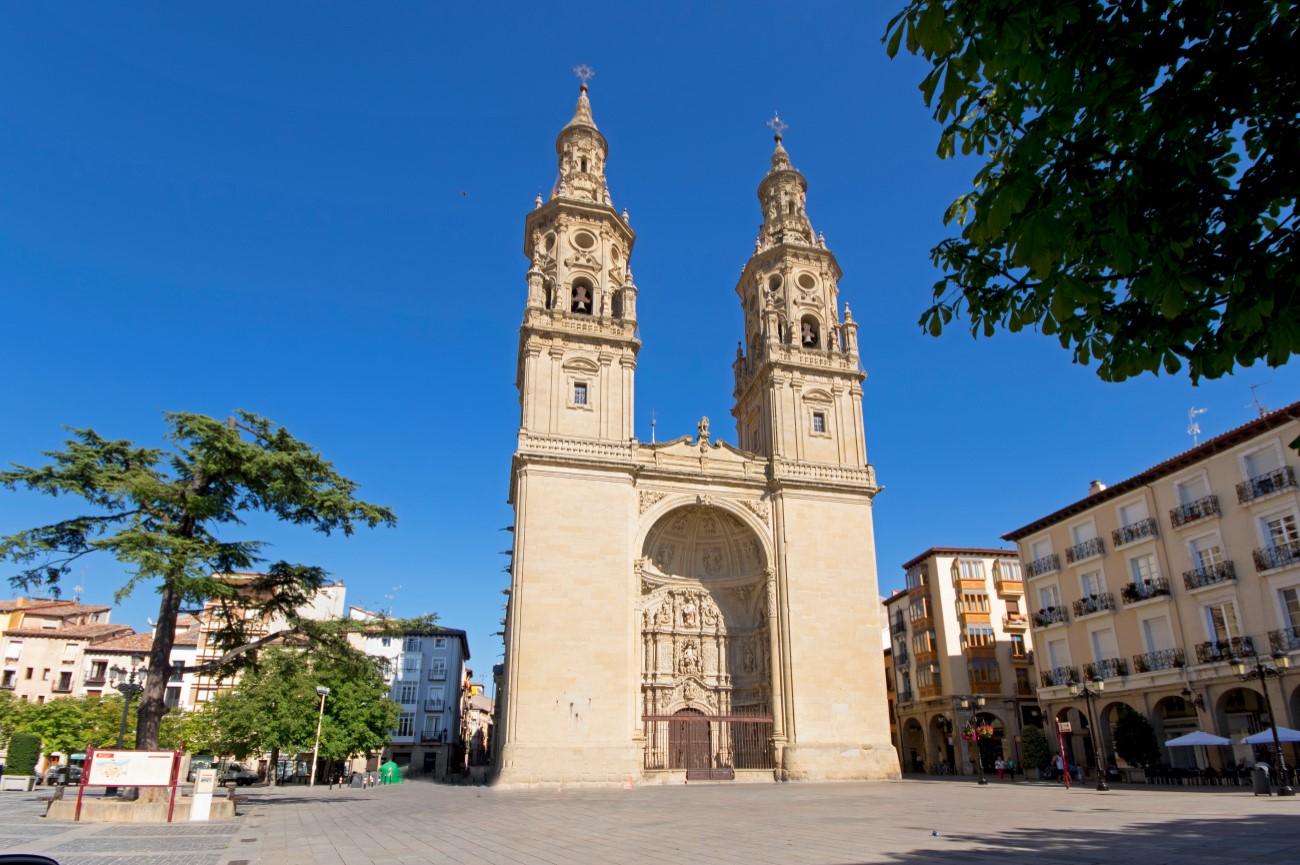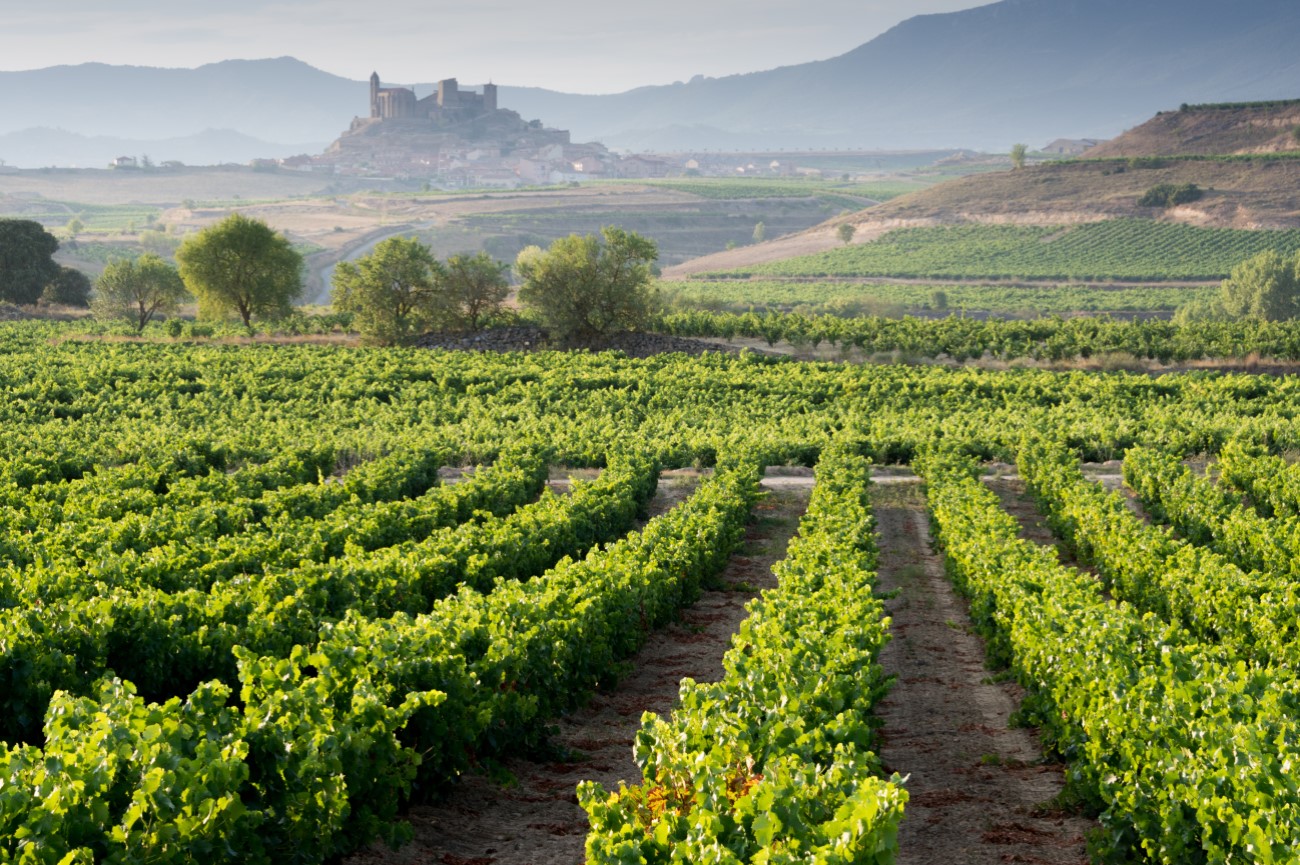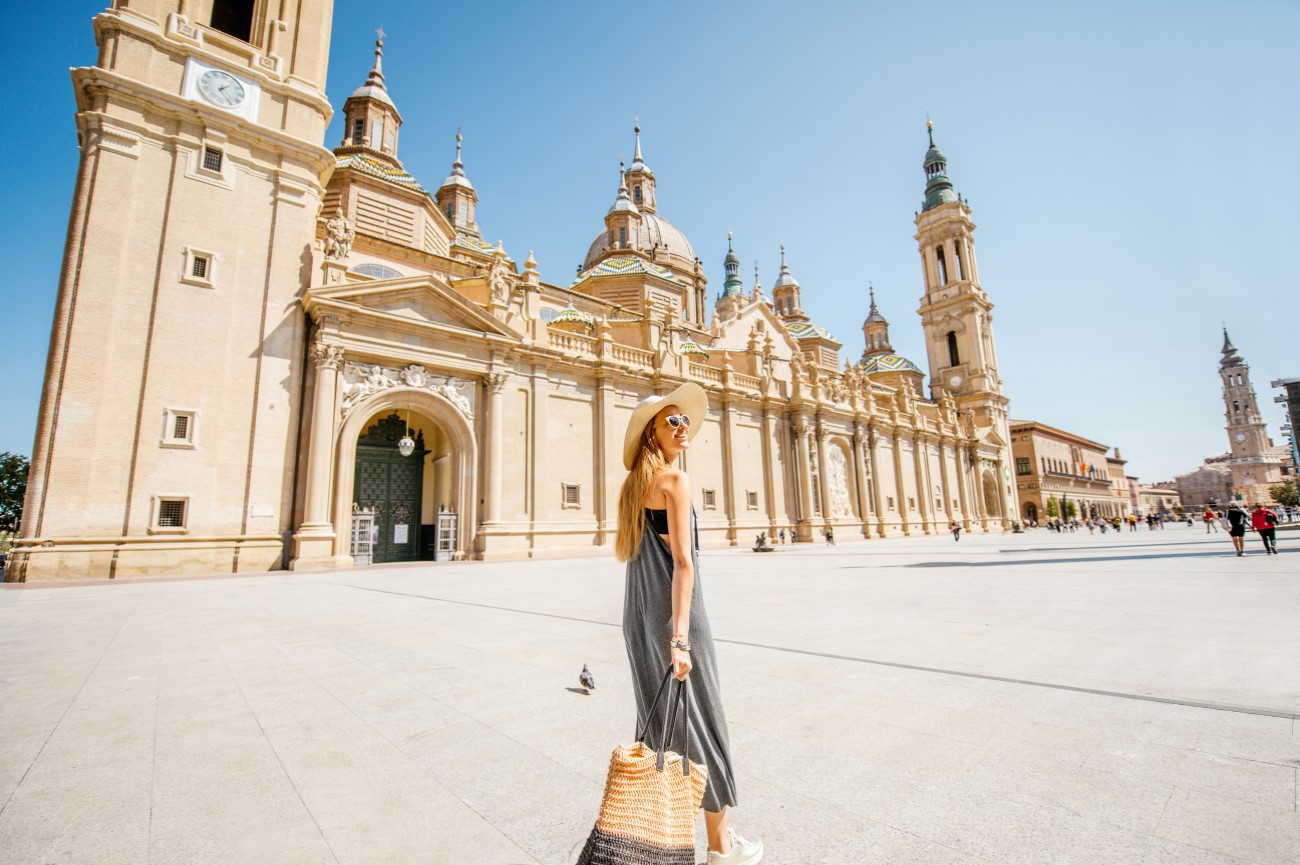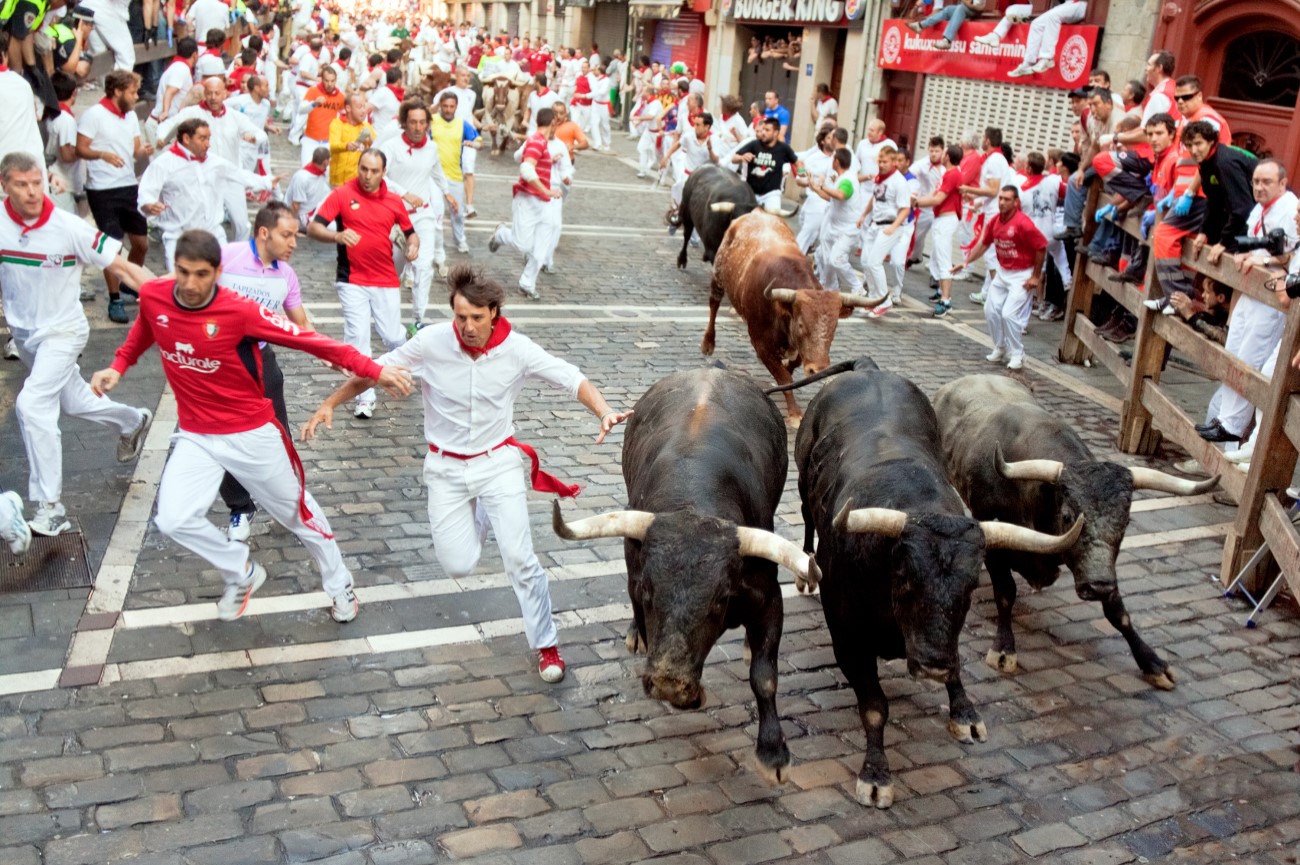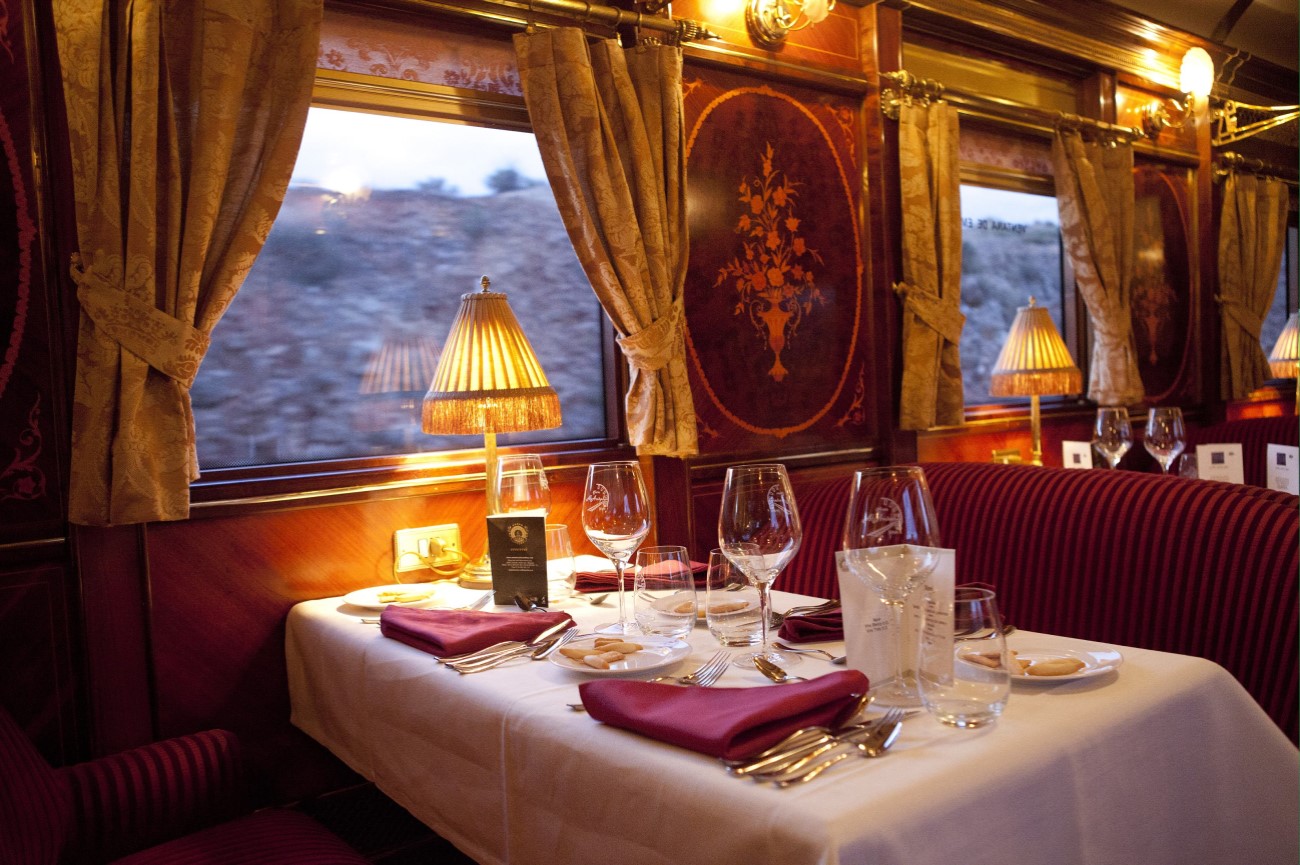Northern Spain Road Trip Itinerary
Most people that travel to Spain end up in the south enjoying the sun-drenched beaches of Costa del Sol and the Moorish heritage of Andalucia, or in the big cities like Madrid and Barcelona, but there's much more to discover in this Iberian country. We're heading North this time on a road trip from the Basque Country to Navarra, passing through picturesque medieval villages, wild beaches and charming wine regions.
We'll admire Bilbao's Guggenheim Museum and explore all the corners of the Picos de Europa National Park, all while tasting delicious pintxos and Rioja wine.
Our Northern Spain road trip starts in Bilbao and ends in Pamplona, lasting for about three weeks. But you can absolutely make this a shorter trip by skipping a few cities if you don’t have that much time. There are also several possible starting points, so you can follow along or choose a city that fits you and go from there.
Note: The links on this article will take you to a personalised itinerary of each city, which include tips on what to see, where to eat, and where to stay.
Where to Start and End Your Northern Spain Road Trip
We started our trip in Bilbao, as this is one of the major cities in Northern Spain. The city has an airport with international flights but it is also connected to the UK via ferries that depart from Portsmouth. You can also start in San Sebastián, another Basque city, but this one only has a domestic airport, so you'll need to arrange transportation there from another city like Madrid. Another alternative is to begin in the Cantabria region around Santander, which also has ferries from the UK starting in Plymouth or Portsmouth. Depending on where you start your trip, you'll have a different ending point. When returning home, it's best to choose a city with flights or ferry access to your country. There are international airports in Bilbao (Basque Country), Santander (Cantabria) and Santiago de Compostela (Galicia).
Northern Spain Road Trip Duration
It's worth spending at least a week exploring Northern Spain. The area covers eight regions including the Basque Country, Cantabria, Asturias, Galicia, Castilla y León, La Rioja, Aragon and Navarra. You can start with a tour to the major cities within each region, such as Bilbao, San Sebastián, Santander, Gijón, Santiago de Compostela, León and Logroño, and spend a couple of days exploring its monuments. Then, you can plan short trips to smaller towns and cities like Zaragoza and Pamplona. Our journey stretches for 23 days and covers most of the region, including the Picos de Europa National Park and the beaches of Cantabria, but you can cut it down to two weeks or less depending on how much time you got.
Northern Spain Road Trip Itinerary

Day 1-6: Basque Country Road Trip
As the biggest city in the Basque Country, Bilbao is the perfect starting point for a Northern Spain road trip. Once an industrial metropolis, this city dazzles visitors today with its striking architecture. Most people come here to see the Guggenheim museum, but there's much more to cover, including the viewpoint at Mount Artxanda or the 16th-century Basilica de Begoña. We're spending three days here but on this last one, we're heading to the outskirts to visit the towns of Getxo and Portugalete.
After Bilbao, head to San Sebastián , where you can spend some time by the beach and enjoy a meal at one of the many Michelin-starred restaurants . Stay here for two days, and then move on to Vitoria-Gasteiz . Despite being the official capital of the Basque Country, Vitoria is the least visited city in the region. One day is enough to visit the city's top attractions including its Gothic cathedral and the lively food market.
Day 7-8: Cantabria
Our road trip continues in Cantabria with a visit to Castro Urdiales , a seaside town with a medieval vibe. Most of its top sites are located on a headland overlooking the water, including the Gothic Church of Santa María and the castle of Santa Ana. Spend one day here and then move on to Santander , the region's capital. Vast sandy beaches, modern art museums and delicious seafood await you in this coastal city facing the Cantabrian Sea. Beyond the beaches, there are also other noteworthy sights such as the cathedral and the Palacio de la Magdalena.
Day 9-11: Asturias
Further west from Cantabria is the region of Asturias. Gijón is the largest city here, featuring lively restaurants and seafront promenades. It's worth visiting the old fisherman's quarter known as Cimadevilla, where you'll find the Cerro de Santa Catalina park and an ancient fort.
After one day in Gijón, drive to Oviedo , the region's capital. Visit its pre-Romanesque churches and get lost in the narrow medieval lanes. Asturias is also famous for its cider, so do not leave without trying this refreshing drink. From Oviedo, you can set off to the Picos de Europa National Park. Part of the Cantabrian Mountains, this mountain range crosses the regions of Cantabria, Asturias and Castilla y León. Here you can visit charming hilltop villages or follow one of the many hiking trails.
Day 12-17: Galicia Road Trip
The next stop is the region of Galicia. We start with a trip to another coastal city, A Coruña. Here you can enjoy a 1.4km sandy stretch, drink Estrella beer and capture landmarks such as the Torre de Hércules, one of the oldest working lighthouses in the world.
Spend two days here and then make your way to Santiago de Compostela , Galicia's capital and a famous pilgrimage site. While you're here, do not miss a visit to the stunning Cathedral and the city's monasteries. If you plan on walking the Camino de Santiago we've also included some tips for you.
After exploring Santiago for two days, move on to Vigo. Standing on the west coast of Spain, Vigo is also blessed with many beaches and provides easy access to the paradisiacal Cíes islands. Spend one day exploring the old town and then explore the outskirts on your second day, visiting places like the Ermida da Nosa Señora da Guía or the Museo Quiñones de León.
Day 18-19: Castilla y León
If you drive inland, you'll end up in the region of Castilla y León. The most northern city here is León , which is also a stop on the Camino de Santiago. The Gothic cathedral is the city's main attraction, but there are other places worth visiting including the Basilica de San Isidoro and the Casa Botines, a striking building designed by Gaudí. For food, make sure to check out the tapas bars at the historic neighborhood of Barrio Húmedo. Our two-day itinerary includes tips on where to eat, so you will not miss a thing.
Day 20: La Rioja
The journey continues in Logroño, the capital of La Rioja. This is the perfect base to explore the charming wine region of the same name. It's worth spending a day in Logroño exploring the city's picturesque squares and churches, before moving on to the vineyards. There are over 500 wineries spread across this region, but also covering Navarra and the Basque Country. If you want to learn more about this Spanish wine and the best local wineries, make sure to check out our La Rioja Wine Route Guide.
Day 21-22: Aragon
From La Rioja, head south to the region of Aragon, where you'll spend two days exploring its capital, Zaragoza. This riverside city is halfway between Madrid and Barcelona. Much less popular than those two major cities, Zaragoza deserves a visit for its historical heritage. Here, Roman theaters, Moorish fortresses and Baroque churches stand alongside each other. Noteworthy sites include La Seo Cathedral, the Aljafería Palace and the Basílica de Nuestra Señora del Pilar. The Spanish artist Goya was also born nearby, so many of the city's museums showcase his work.
Day 23: Navarre
The last stop on the road trip is Pamplona . This small town is mostly famous for hosting San Fermín, a bull-running festival that has been celebrated here for more than 200 years. If you miss this summer event, you can still enjoy the city's landmarks, such as the cathedral and the surrounding medieval streets. The city is also home to a series of parks, including a Japanese-style garden called Yamaguchi.
Note: The closest airports to Pamplona are San Sebastián and Bilbao, so you can get a flight home from either one of those cities or head further out to the Santander airport.
Northern Spain Train Journeys
Trains are also another alternative when exploring the North of Spain. You can pick the luxurious Transcantábrico train , which travels from the Basque Country to Galicia in about eight days and includes fine dining meals and city tours. Another alternative is the Narrow-Gauge Railways , a slow-paced journey that begins in San Sebastián and ends in the town of Ferrol in Galicia. You can also prolong your trip, by starting in France at the Hendaye railway station. Whichever train you choose, you can expect stunning scenic views along the way.


